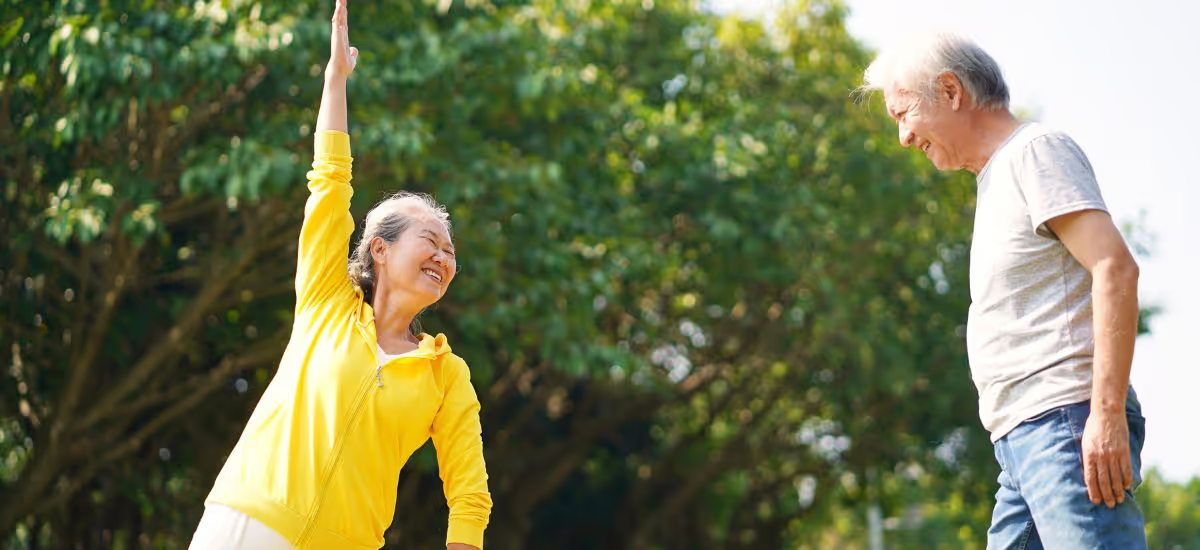Bone Mineral Density
As we age, our bones become thinner and more fragile, leading to a higher risk of osteoporosis. People with this condition are prone to have a bone fracture from a minor injury. Osteoporosis is a silent disease. You do not develop any symptoms or notice any changes until your bone - often in the wrist, hip, or spine - breaks. People at risk of developing osteoporosis should have regular bone density testing.
Bone density testing is for:
- Females after menopause or those aged 65 and older.
- Males older than 70 years old.
- People who weigh less than 58 kg.
- People who have a history of bone fracture in adulthood.
- People who have prolonged use of steroids.
- People with rheumatoid arthritis.
- People who have a family history of broken hip after a minor injury.
The tests focus on bones that are prone to osteoporotic fractures, including:
- Lumbar vertebrae
- Femur
- Forearm
Bone density tests can:
- Identify if you have low bone density before a bone fracture.
- Predict your risk of bone fracture in the future.
- Confirm your osteoporosis diagnosis.
- Assess the effectiveness of osteoporosis treatment.
Bone density tests are distinct from bone scans or scintigraphy, which are for diagnosis of bone fractures, infections, cancers, or other bone anomalies.
Types of Bone Mineral Density Testing
- Dual-energy X-ray absorptiometry (DXA) effectively measures the density of your bones in the wrist, hip, or spine, predicts future fracture risk, diagnoses osteoporosis, and checks how well your symptoms respond to treatment. The result is very reliable.
- Quantitative computed tomography (CT)
It is often used to measure spine bone density but not for osteoporosis diagnosis. - Ultrasound
This method evaluates heel bone density and the risk of fracture.
How to prepare yourself before bone density testing
Before the procedure
- Inform your doctor if you have had a contrast material injection or radioactive agent from a recent CT scan or nuclear medicine test; they can interfere with the outcome of the tests.
- Refrain from taking calcium supplements 24 hours before the tests.
- Do not wear jewelry, such as earrings the day of the procedure.
During the procedure
You will lie supine on a table, and a mechanical arm will scan over your body to measure bone density with low-dose X-rays. The procedure takes around 10-30 minutes.
After the procedure
Your doctor will discuss the results of bone density with you. The results are reported as T scores and Z scores. T scores compare your bone mass to that of an average healthy 30-year-old adult. Z-scores are the bone mass comparison of you to people of the same sex and age. Usually, T scores are relevant for osteoporosis diagnosis in men 50 and above and postmenopausal women.
- T-score between +1 and -1 = Normal bone density
- T-score between -1.1 and -2.4 = Low bone density
- T-score of -2.5 or less = Osteoporosis.

Limitations of bone mineral density testing
- Bone density testings are unsuitable for people with scoliosis, previous spinal surgeries, and severe arthritis because the results may be inaccurate.
- Because of radiation exposure, the tests are not suitable for pregnant women.
- A bone density test can detect if your bone is thinning but cannot identify the cause. You will need other medical evaluations to determine why you have low bone density.
How to prevent osteoporosis?
- Eat foods that are high in calcium and vitamin D.
- Exercise regularly.
- Take medications as prescribed if you are diagnosed with osteoporosis.
However, people with osteoporosis should also exercise, increase their calcium and vitamin D intake, and take osteoporosis medicines to minimize the risk of future fractures.

